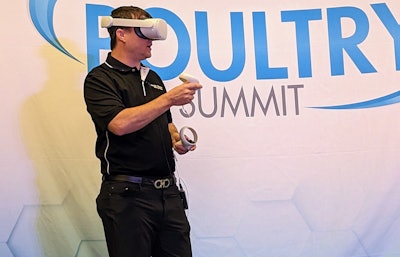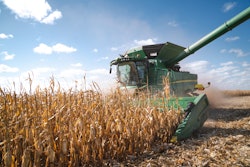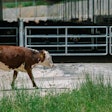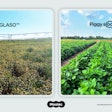
It is a struggle to hire and retain poultry processing workers. Using virtual reality to create a human-robot interface could help improve poultry processing efficiency and worker efficiency.
‘We’re trying to use virtual reality systems in humans working with robots to close the gap between fully manual and fully autonomous systems,” Colin Usher, research scientist, Georgia Tech Research Institute, explained during the 2023 Poultry Tech Summit.
The motivation of his lab is labor, Usher explained, adding that poultry and agricultural products are the result of distilled labor. However, procuring labor for poultry processing plants is becoming more challenging. Turnover for the poultry industry is 60% and can go up to 100% when you get into poultry processing.
Automation can help solve some of the labor challenges, but it’s still not as efficient as people, especially when it comes to accuracy in picking up items that are odd shapes, like a piece of chicken.
At the 2018 Poultry Tech Summit, Usher presented a virtual reality interface to assist in the development of poultry processing robotics. This research was furthered with a conceptual human-robot interface, presented at the 2022 Poultry Tech Summit.
Now, improvements to the system include custom trajectory generation and robot control methods to enhance the speed. A smoother trajectory results in faster and more accurate movement.
“We’ve spent a lot of time working on that task,” Usher said.
Usher demonstrated the technology, which he called a ‘digital twin,’ for the Poultry Tech Summit audience. Wearing virtual reality glasses, he connected to the virtual reality environment and then directed a robot arm to pick up a piece of chicken, which was then moved to the cone.
One of the biggest benefits of this technology is that it can be used anywhere. Workers now no longer have to be located in the poultry processing facility, they can be anywhere, “including the beach,” he added.
The virtual reality robot-human interface will be tested at a commercial facility early next year.



















